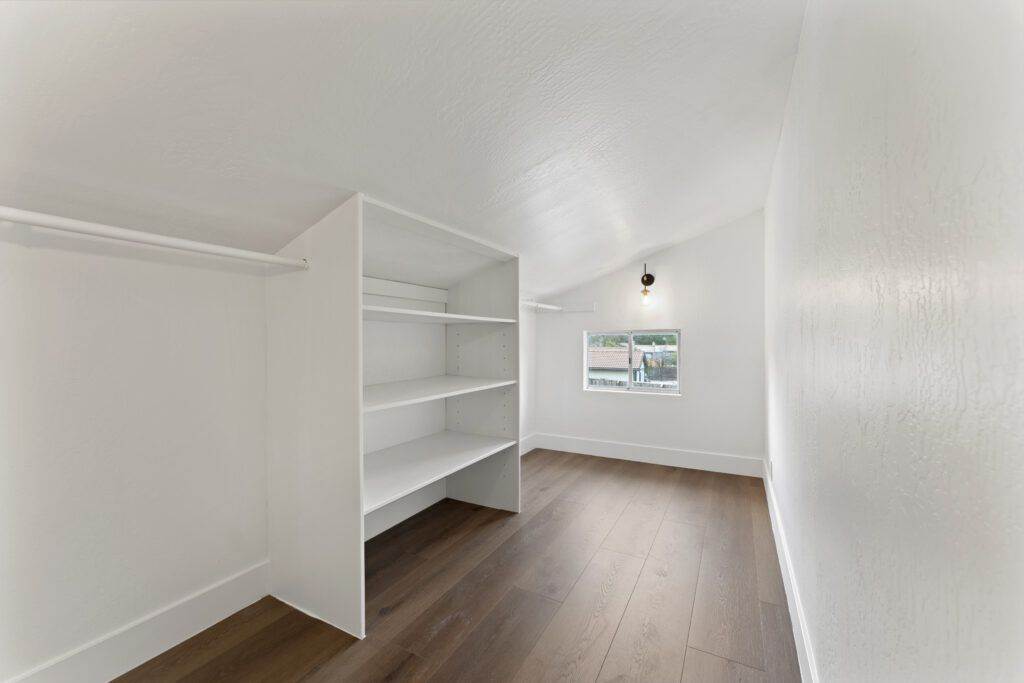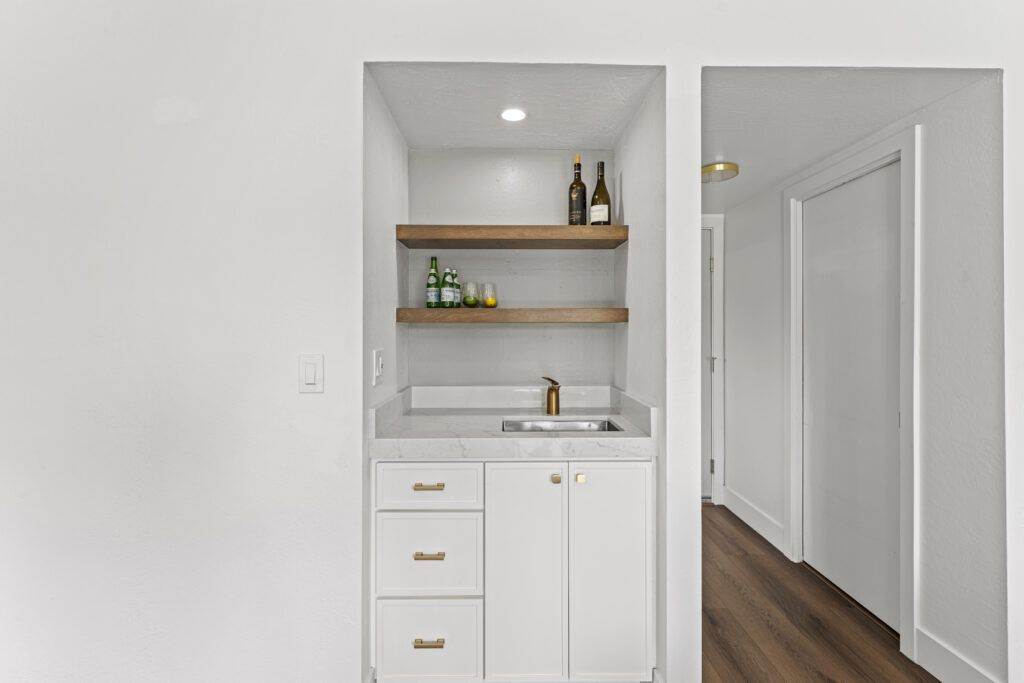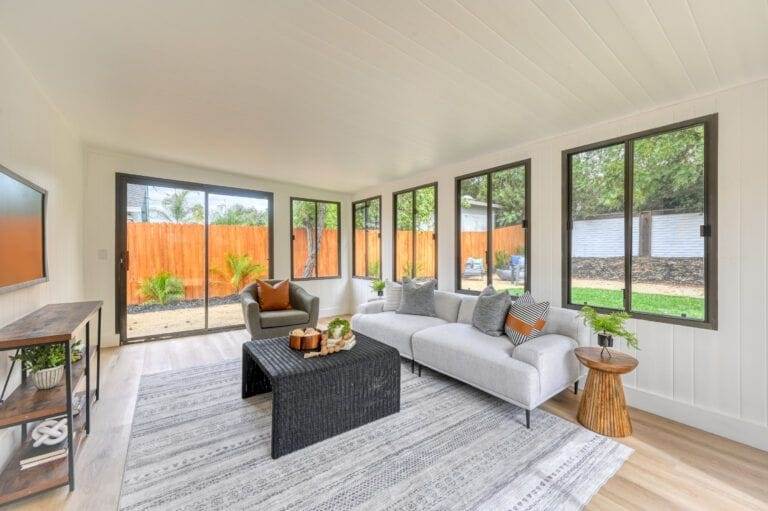Understanding The Permitting Process For ADUs
An Accessory Dwelling Unit (ADU) is a secondary housing unit that can be built on the same lot as a primary residence. ADUs can take many forms, including a detached structure, a converted garage, or a basement apartment. They are also commonly known as granny flats, in-law suites, or backyard cottages. ADUs have gained popularity in recent years as a way to increase housing options and provide affordable housing in high-demand urban areas. They can also provide homeowners with additional rental income or space for extended family members.
ADUs can serve a variety of purposes, from providing housing for aging parents to creating rental income for homeowners. They can also be used as home offices, studios, or guest houses. In some cases, ADUs may be used as affordable housing units for low-income individuals or families. The flexibility of ADUs makes them a valuable tool for addressing housing shortages and increasing housing affordability in many communities.
Importance of the Permitting Process
The permitting process is a crucial step in the construction of an ADU. Obtaining the necessary permits ensures that the ADU meets all local building codes and zoning regulations, and that it is safe and habitable. Without the proper permits, homeowners may face fines, legal issues, or even have to remove the ADU entirely. The permitting process also helps to ensure that the ADU is constructed in a way that is compatible with the surrounding neighborhood and does not negatively impact the community.
In addition to ensuring compliance with local regulations, the permitting process also provides an opportunity for city officials to review the plans for the ADU and address any potential concerns. This can help to prevent issues such as overcrowding, parking shortages, or strain on local infrastructure. By obtaining the necessary permits, homeowners can demonstrate that their ADU is a legal and legitimate addition to their property, which can increase its value and appeal to potential renters or buyers.
Understanding Local Zoning and Building Codes
Before beginning the permitting process for an ADU, it is important to have a clear understanding of the local zoning and building codes that apply to the property. Zoning regulations dictate where and how ADUs can be built, including requirements for setbacks, lot size, and maximum building height. Building codes outline the specific construction standards that must be met in order to ensure the safety and habitability of the ADU.
In some areas, there may be specific regulations that apply to ADUs, such as requirements for off-street parking, maximum occupancy limits, or design standards. It is important to research and understand these regulations before beginning the permitting process in order to avoid potential delays or issues. Working with a knowledgeable architect or contractor can help ensure that the ADU plans comply with all local regulations and codes.
Steps in the Permitting Process
The permitting process for an ADU typically involves several steps, including submitting plans and obtaining approvals from various city departments. The first step is to research the specific requirements for ADUs in the local area and gather any necessary documentation, such as property surveys or site plans. Next, homeowners will need to prepare detailed plans for the ADU, including architectural drawings, structural calculations, and a site plan showing the location of the ADU on the property.
Once the plans are complete, they must be submitted to the local planning department for review. This may involve paying a fee and waiting for several weeks or months for the plans to be reviewed. If the plans meet all requirements, they will be approved and homeowners can then apply for building permits from the local building department. Once permits are obtained, construction can begin on the ADU. Throughout the construction process, city inspectors will visit the site to ensure that the work is being done according to the approved plans and building codes.
Common Challenges and Issues
The permitting process for an ADU can be complex and time-consuming, and homeowners may encounter several common challenges and issues along the way. One common issue is opposition from neighbors or community members who may be concerned about the impact of the ADU on property values, parking availability, or neighborhood character. In some cases, homeowners may need to address these concerns through public hearings or community meetings in order to obtain approval for their ADU.
Another common challenge is navigating through the various city departments and obtaining approvals from each one. This can be a lengthy and frustrating process, especially if there are conflicting requirements or regulations from different departments. Additionally, homeowners may encounter unexpected costs or delays if their plans are not in compliance with local regulations or if they need to make changes to their plans in order to obtain approval.
Tips for a Smooth Permitting Process
While the permitting process for an ADU can be challenging, there are several tips that homeowners can follow to help ensure a smooth and successful process. First, it is important to do thorough research on local regulations and requirements before beginning the permitting process. This can help homeowners avoid potential issues and delays by ensuring that their plans comply with all applicable regulations.
It is also helpful to work with experienced professionals, such as architects, contractors, or permit expeditors who have knowledge of the local permitting process and can help navigate through potential challenges. Additionally, homeowners should be proactive in addressing any concerns from neighbors or community members by communicating openly and transparently about their plans for the ADU.
Finally, it is important to be patient and persistent throughout the permitting process. Obtaining permits for an ADU can take time and effort, but with careful planning and perseverance, homeowners can successfully navigate through the process and achieve their goal of adding an ADU to their property.

Conclusion and Next Steps
In conclusion, the permitting process for an ADU is a crucial step in ensuring that it meets all local regulations and building codes. Understanding local zoning and building codes, navigating through the various city departments, addressing common challenges and issues, and following tips for a smooth permitting process are all important aspects of successfully obtaining permits for an ADU.
For homeowners interested in adding an ADU to their property, it is important to begin by researching local regulations and requirements and working with experienced professionals who can help navigate through potential challenges. By being patient and persistent throughout the permitting process, homeowners can successfully obtain permits for their ADU and enjoy the benefits of this valuable addition to their property.










